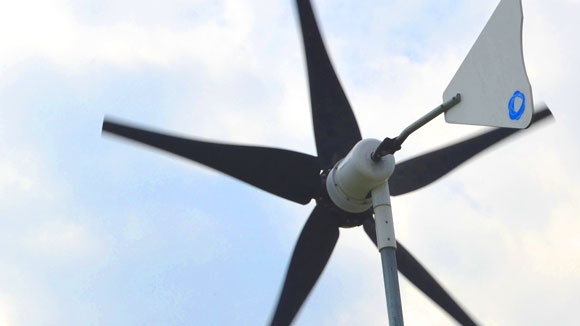Who knows if Einstein really said: ‘No more bees, no more pollination, no more plants, no more man.’ If he did, he didn’t specify just honey bees, did he? While it is right to be concerned about the decline of the honey bee, the effects of pesticides on them and the spread of strange sounding diseases and parasites such the varroa mite, we need to look out for the wild bee too. Having recently met the enthusiastic team behind the Bee Guardian Foundation, I’m staggered to learn that there are over 20,000 species of bee around the world, 250 of which can be found in the UK. Solitary or social these bees go about their work not causing any fuss. Bees are responsible for pollinating around 80 per cent of our main crops. So whilst a old Albert, or whoever is was, might have been over dramatic in his/her prediction, it’s true to say that the world would be a very different place without these important pollinators. As the Bee Guardian Foundation says “Without bees many fruits and vegetables would become scarce and prohibitively expensive, or not available at all.” And it’s not just the stuff we eat, bees pollinate flowers and plants supporting other organisms, we rely on plants for biodiversity.
Mason bees (do they have a strange handshake?), leaf-cutter bees, carpenter bees, sweat bees (mm nice!), mining bees (I imagine they wear hard hats), and of course the humble bumble bee all have vital roles to play in the environment. The bumble bee also has it’s own champion in the Bumble Bee Conservation Trust , set up to stem their decline. And the Help Save our Bees campaign is working to do just that. We need to do what we can to safeguard all our bees; simple things like making your garden bee friendly – wildlife gardening, even window boxes and tubs can be planted to attract bees, making bee houses – simply sticking up bits of wood with drilled holes they can nest in, avoid using pesticides, and tell others how important wild bees are.
What about wasps? – sorry, I can’t bring myself to champion these.

